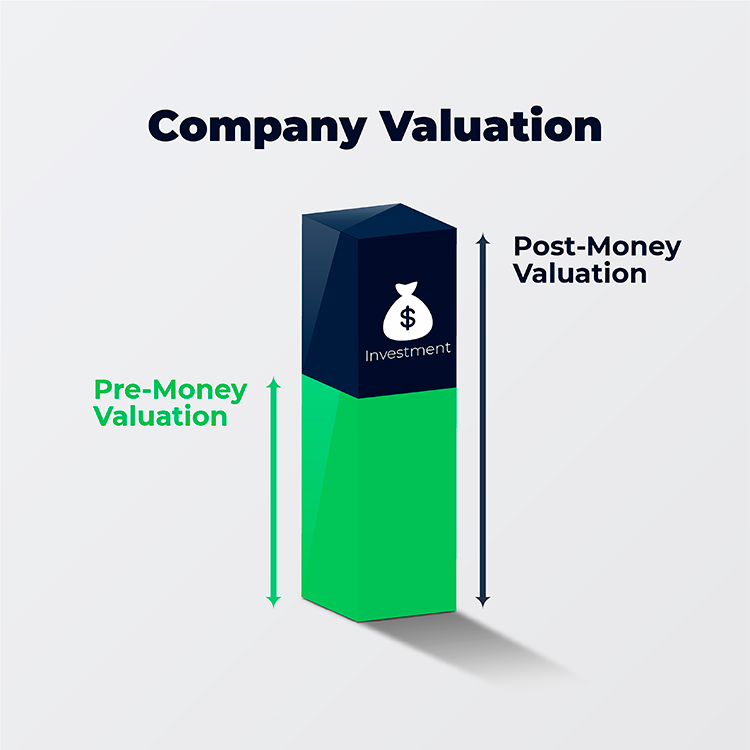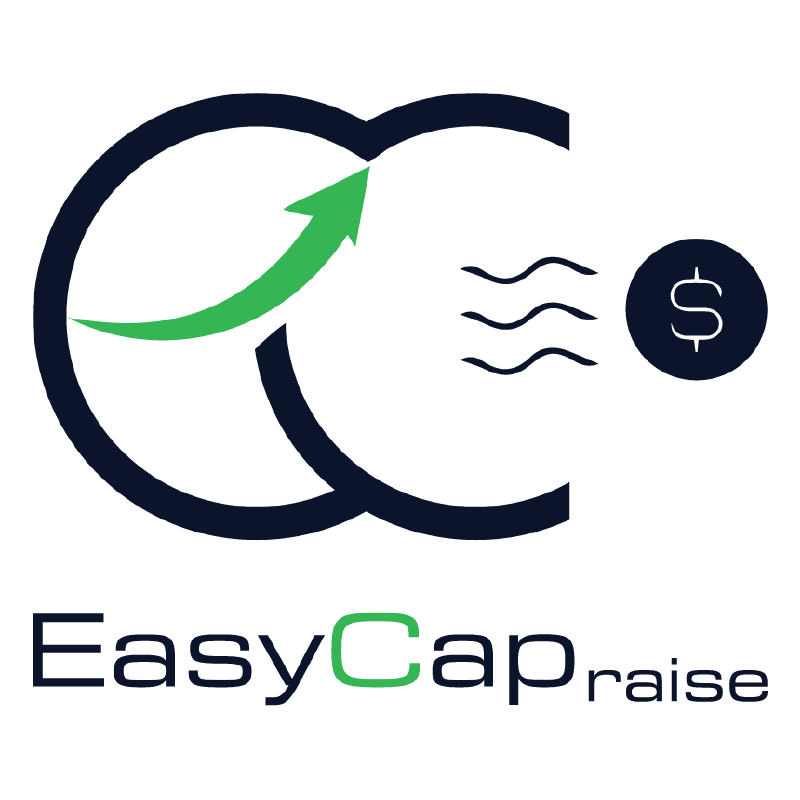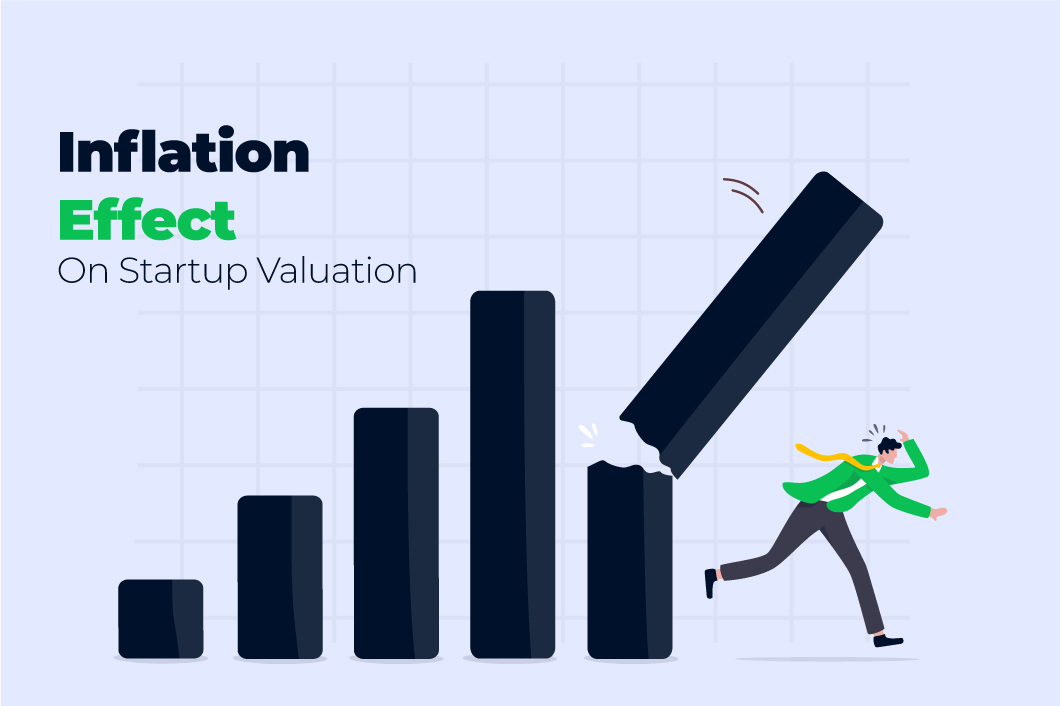Pre-money vs Post-money: What’s the difference?
The terms “pre-money value” and “post-money value” are frequently used throughout the course of a venture investment. Given how basic and common these phrases are, one should carefully consider what they mean, and how they affect funding of a venture.
Pre-money valuations and post-money valuations are different in that they represent a company’s worth before and after an investment, respectively. When discussing with venture investors, these are the two words that are most frequently used.
How to Calculate Pre-Movement and Post-Movement Valuation?
The value assigned to a firm before to the investment is known as pre-money valuation. Most frequently, the figure is decided upon following an investor’s offer. It is one of the most important factors for a venture capitalist when he or she is considering an investment.
Post-money valuation is the worth of the company after the investment has been made. The investor offer that the makes determine this value.

Consider an investor offers to invest $100K in exchange for 10% equity share of your company.
According to the following equation we can calculate your company’s value based on this offer.
Post-money valuation = New Investment size / Investor percentage of ownership
Post-money value = $100K / 10% =$1M
So this investor is valuing your business at 1 million dollars after he invested in it. With another simple calculation we can find the value of your business before the investment was made.
Pre-money valuation = post-money valuation – New Investment size
Pre-money value = $1,000,000 – $100,000 = $900,000
So when you are negotiating to set a valuation for your company it is important to discuss whether it is pre-money or post-money valuation.
Let’s consider you have an agreement with an investor to receive a $250,000 investment at $1,000,000 valuation. Investor’s share in the business varies dramatically depending on whether this valuation is pre-money or post-money
What are the pre-money valuation drivers?
- What stage in the startup lifecycle your company is in?
- Revenue, profit, profit margin, users, subscribers, or any other related performance indicator related to your business
- How experienced and established you and your founders are in the industry?
- How many other investors are willing to invest in your company?
- How other similar companies are doing, and how attractive is the market you’re in?
- How is the macroeconomic conditions
| Pre-money value | 750,000 | 1,000,000 |
| New Investment | 250,000 | 250,000 |
| Post-money value | 1,000,000 | 1,250,000 |
| Investor’s share | 25% | 20% |
Consider a business generates $200,000 in sales each year, with a stable growth rate of 25% YoY and a 20% margin, translating to around $40,000 in EBIDTA per year. The firm may be valued by an investor at one or two times its annual revenue. For instance, if an investor set a 1.5X multiple, the pre-money value of the business is $300,000.

But keep in mind, pre-money valuation of the business is not always based on tangible data. In many cases, (especially in earlier stages of a startup lifecycle) valuation is a negotiated number based on preferences of the two parties.
Related Articles
Contact us
Good to have you here! If you have any queries, please leave your message. Our team will reach out soon:)
.






